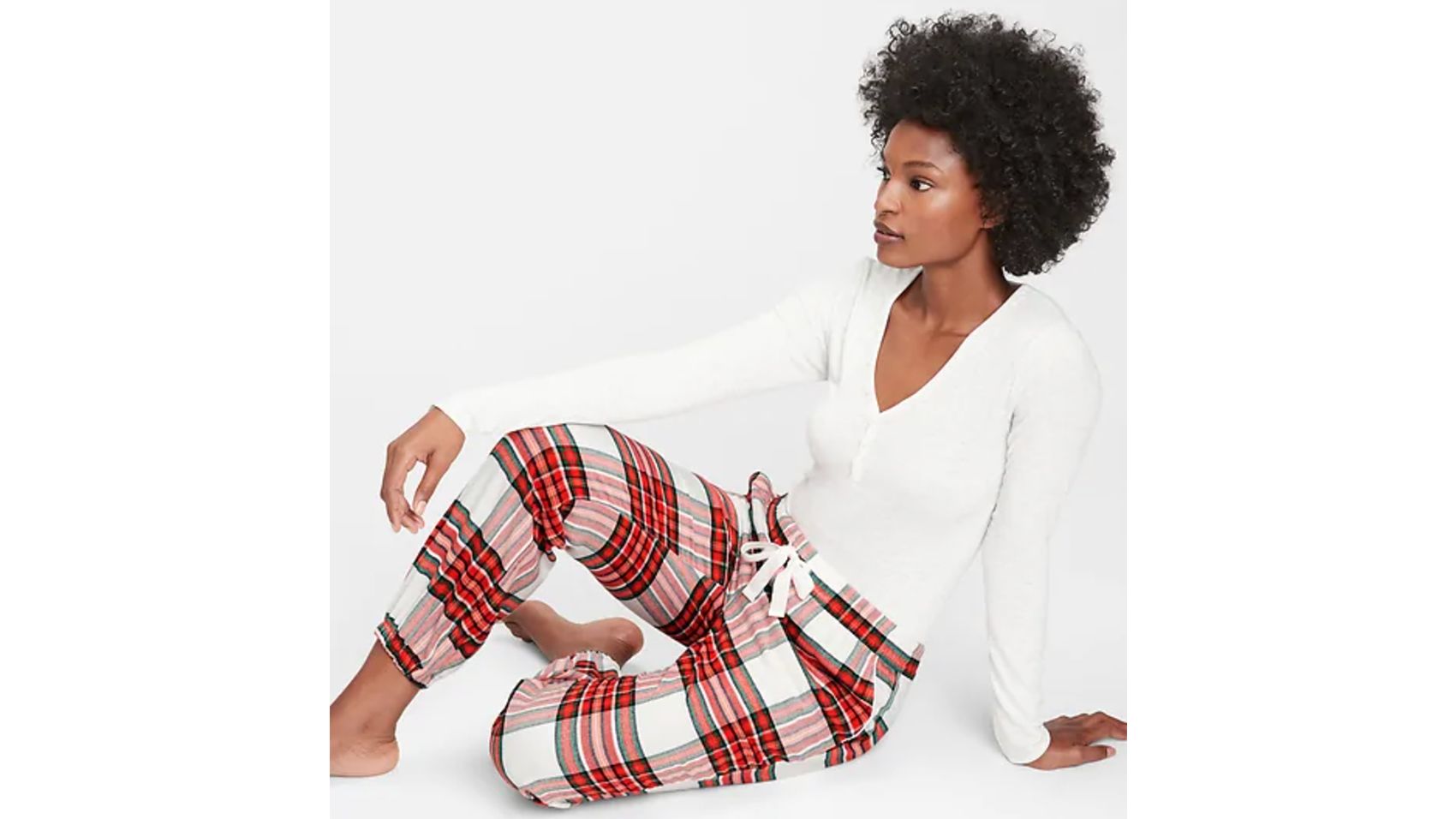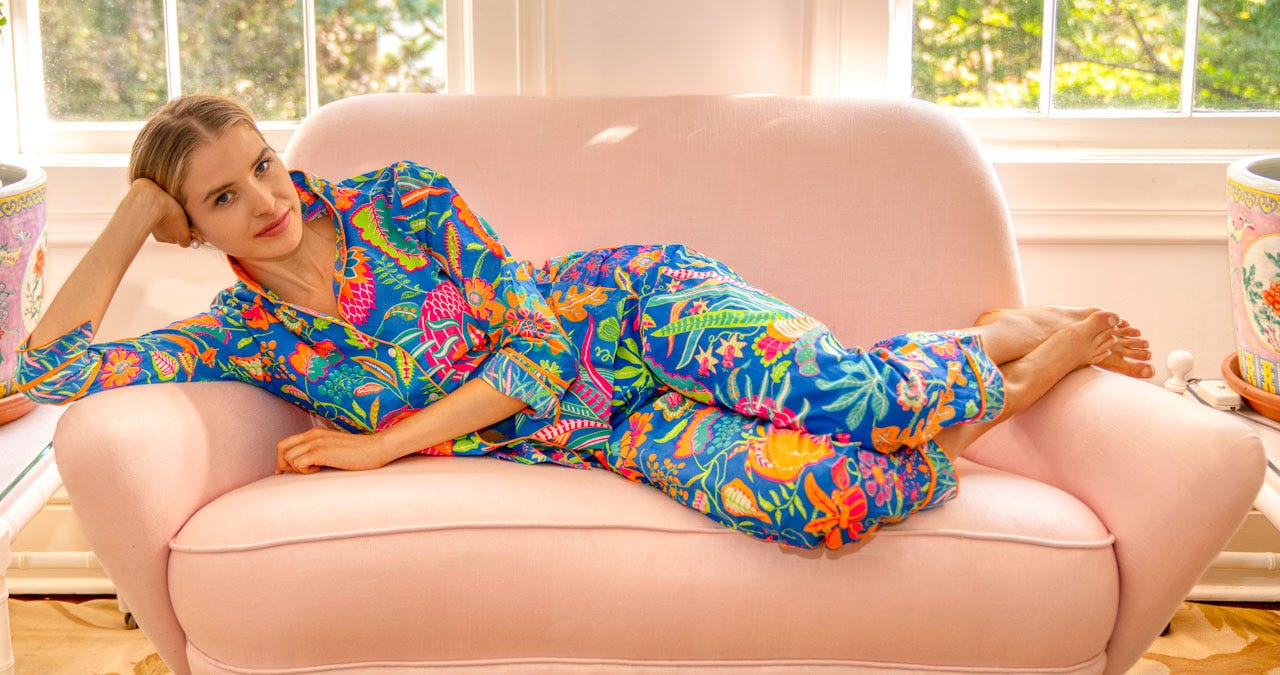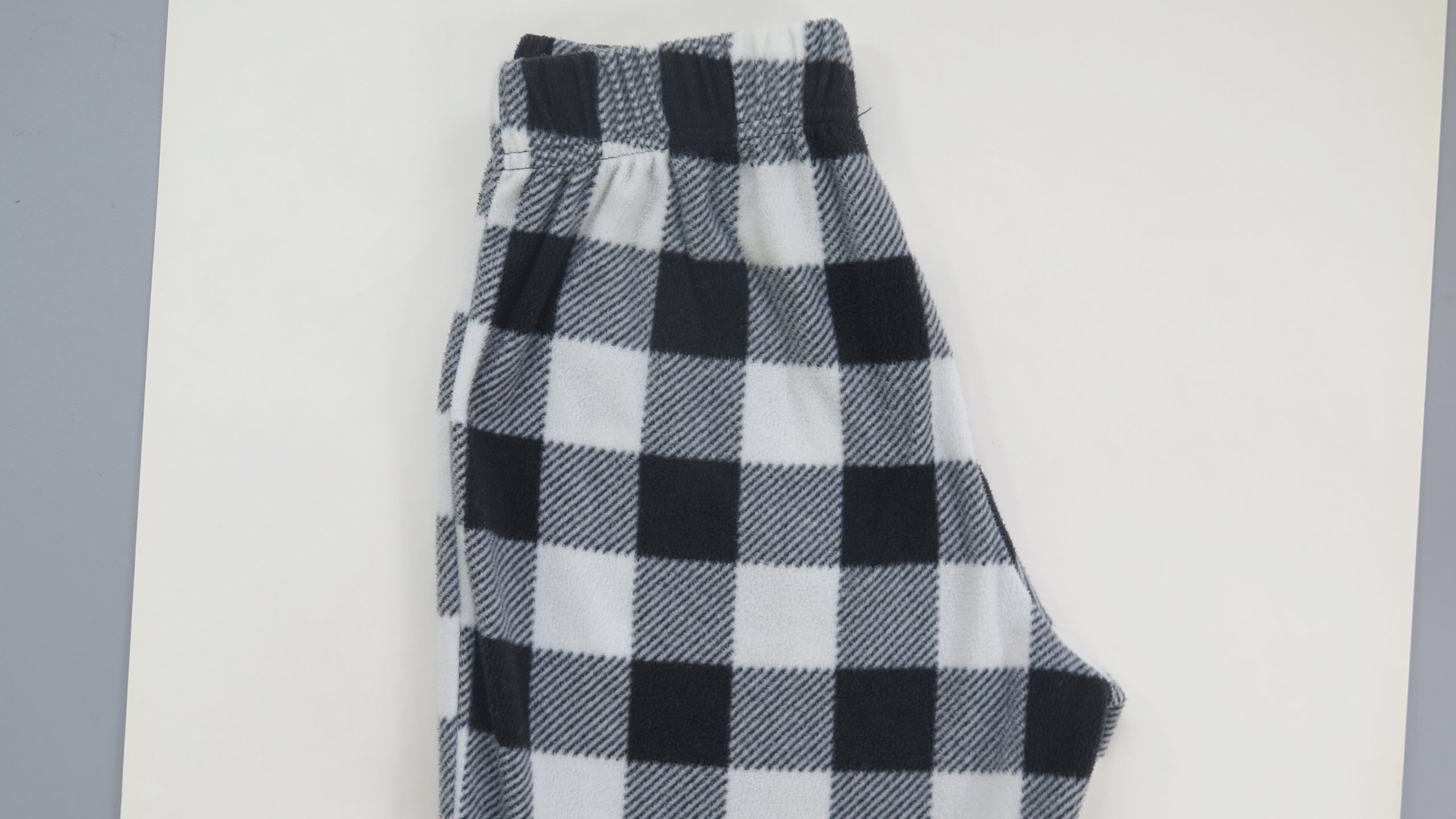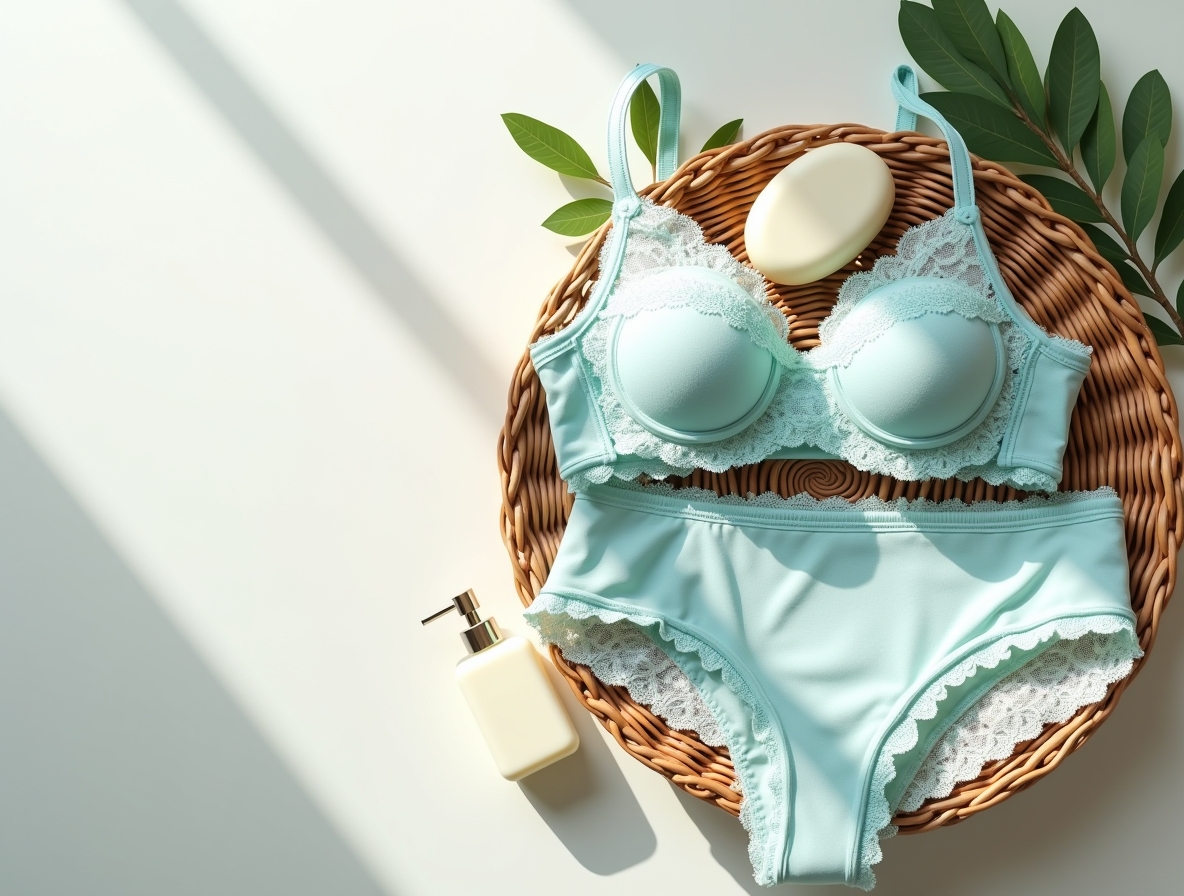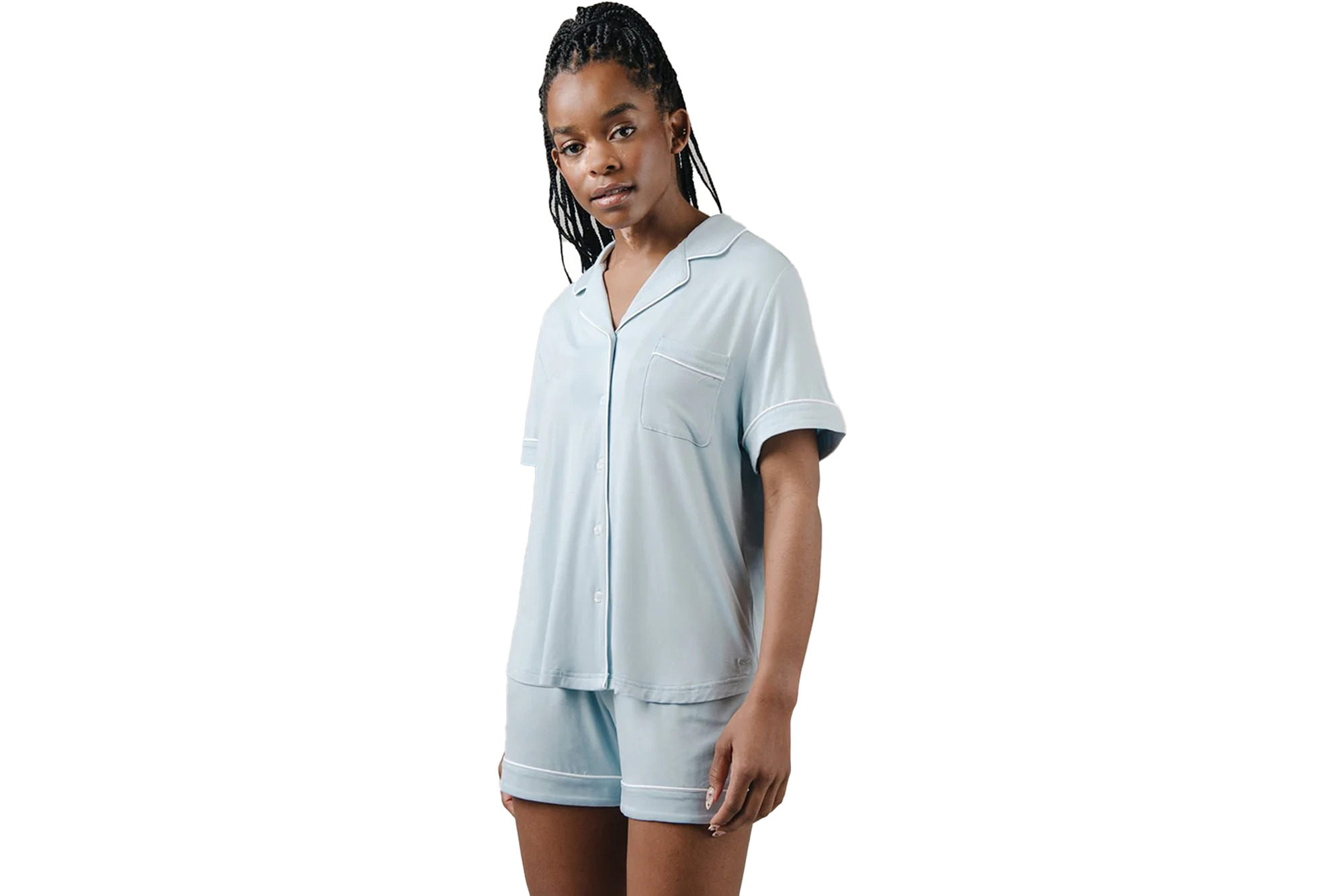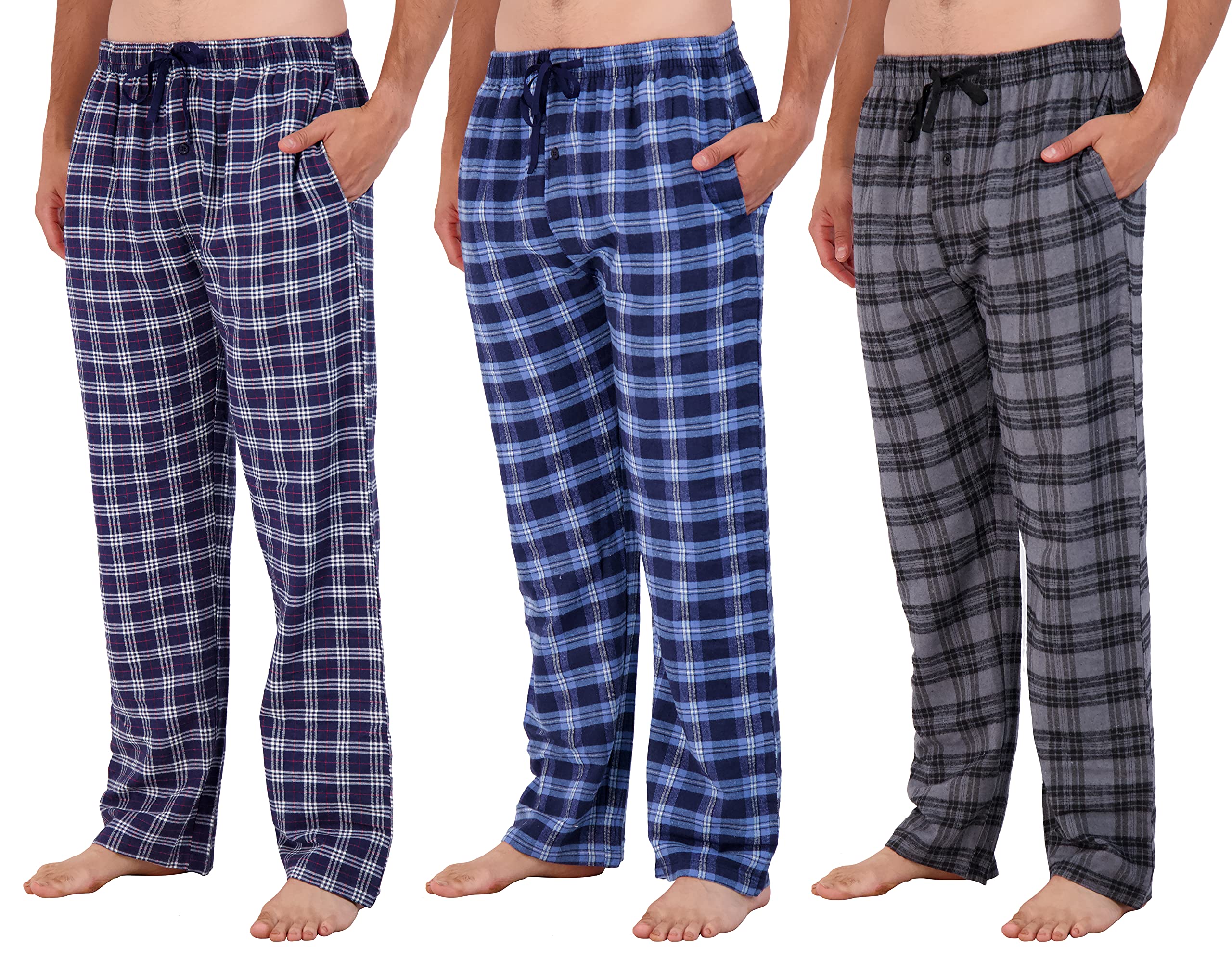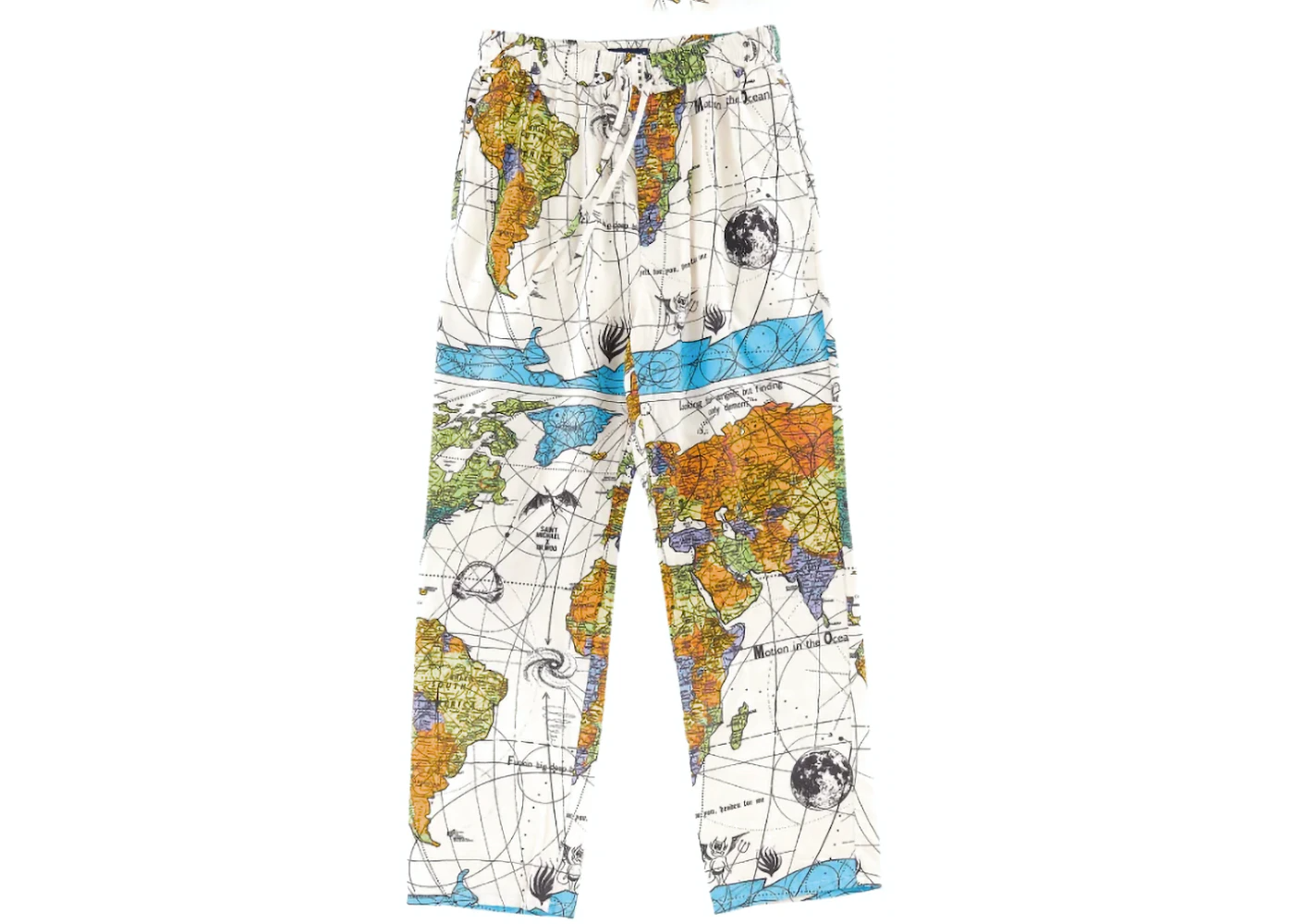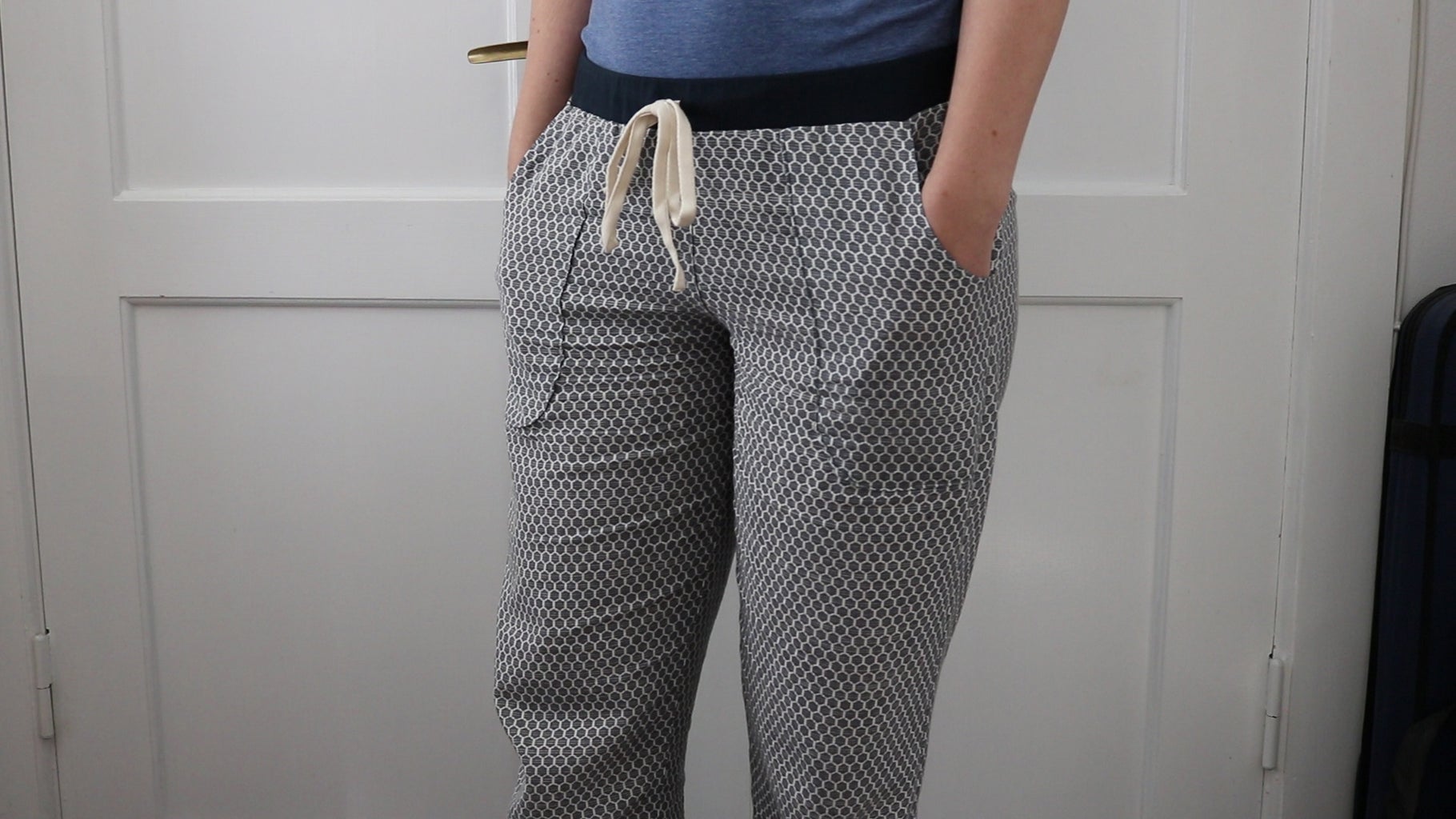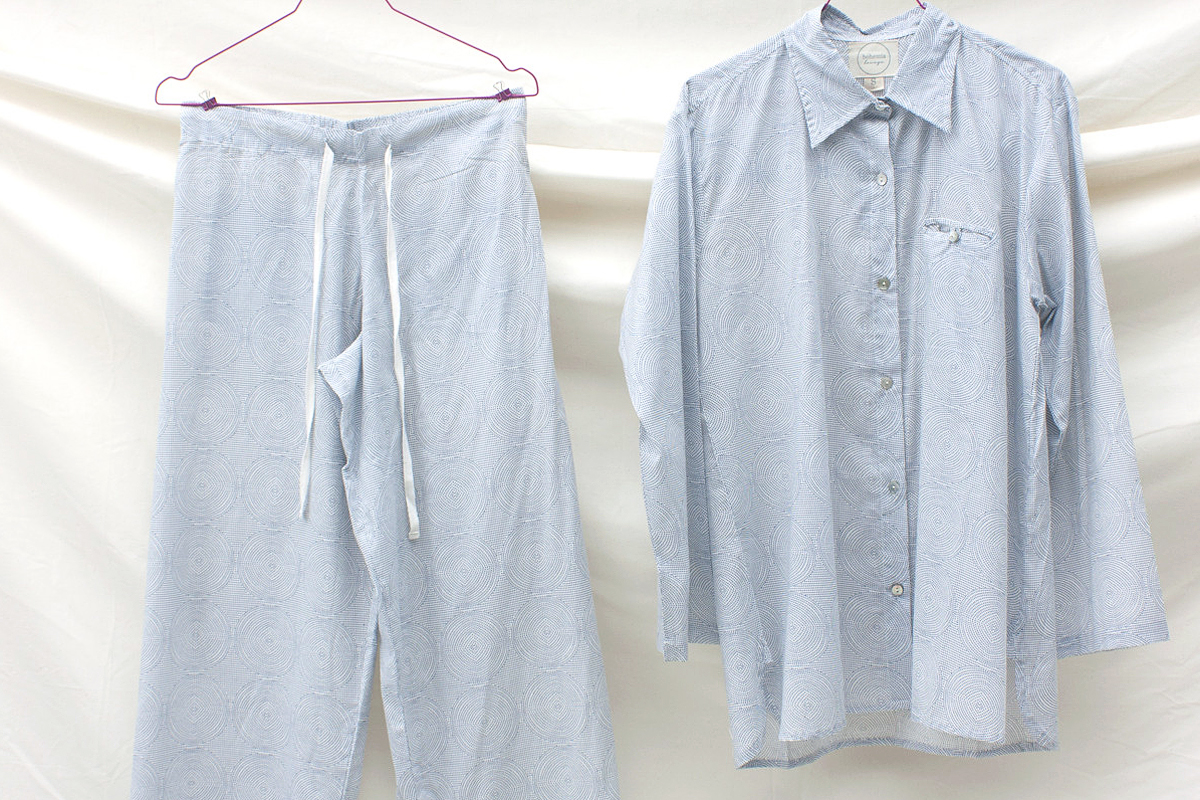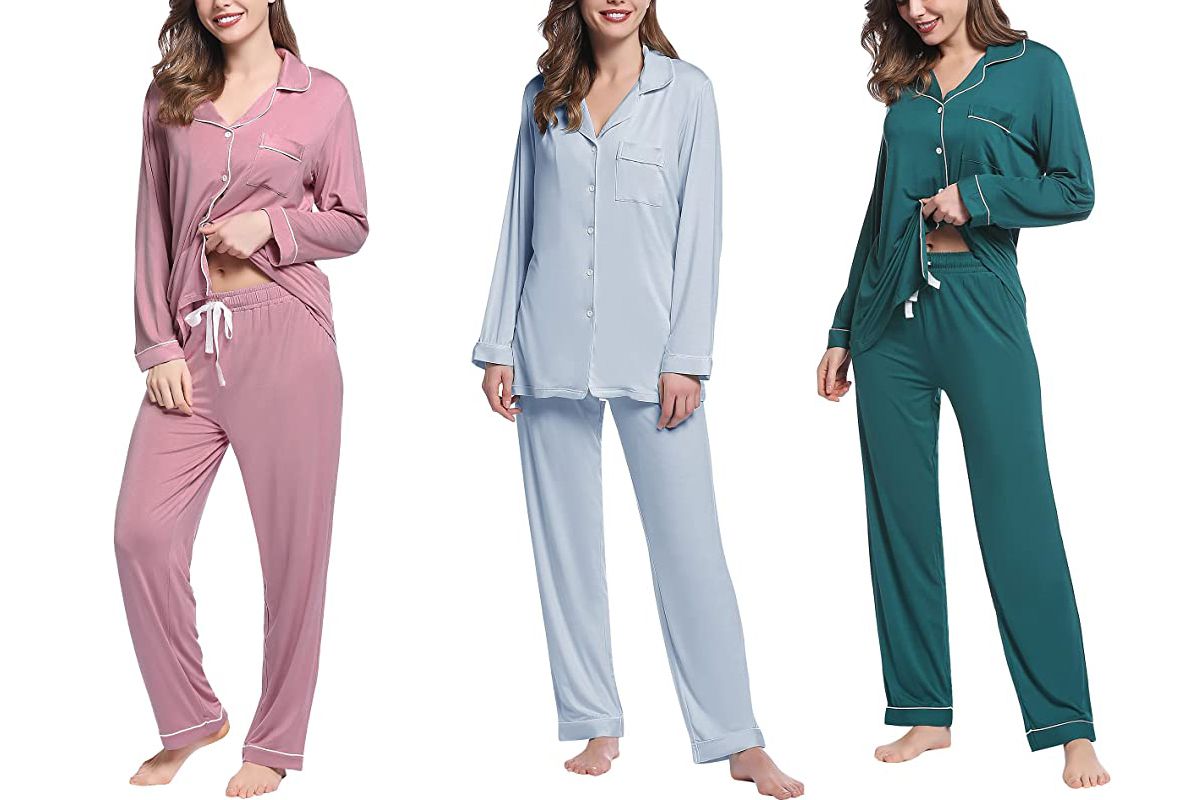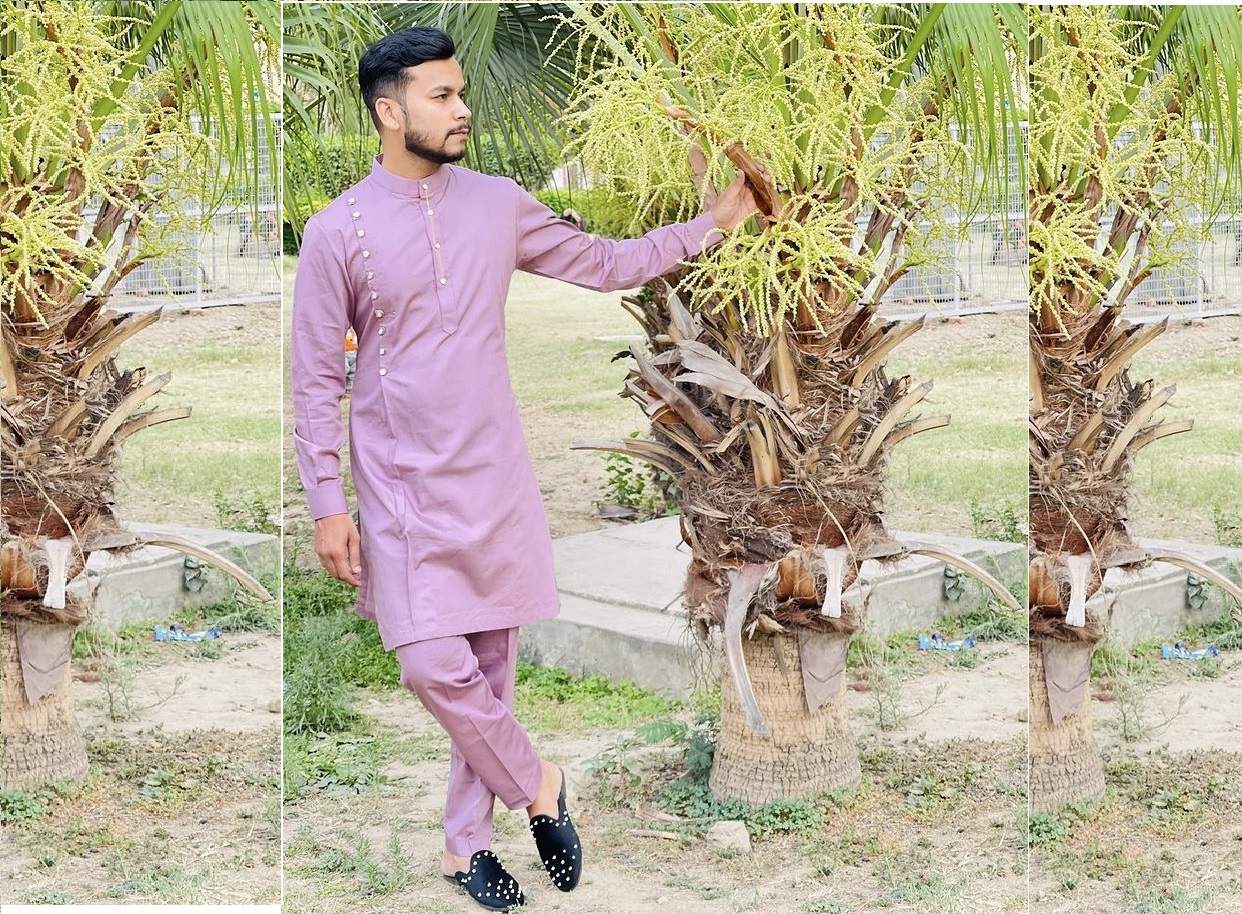

FAQs
What Is Kurta Pajama
Modified: July 30, 2023
Discover everything you need to know about kurta pajama, including common general questions about this traditional Indian outfit. Find the perfect kurta pajama for any occasion.
(Many of the links in this article redirect to a specific reviewed product. Your purchase of these products through affiliate links helps to generate commission for Under-tec.com, at no extra cost. Learn more)
Table of Contents
Introduction
Kurta Pajama, a traditional Indian attire, holds deep cultural significance in the country’s rich heritage. It is a timeless ensemble that has remained popular for centuries, not only in India but also across the globe. The combination of a kurta (a loose-fitting tunic) and pajama (loose trousers) creates a comfortable and stylish outfit that is suitable for various occasions.
The roots of the kurta pajama can be traced back to ancient times when it was primarily worn by men in the Indian subcontinent. Over the years, it has evolved to become a beloved choice for both men and women, with modern variations reflecting contemporary fashion trends. Today, kurta pajama is not only a symbol of cultural identity but also a fashion statement that represents elegance and grace.
The elegant design and versatility of the kurta pajama make it a popular choice for people of all ages. Whether it’s for a casual gathering, a festive occasion, or a formal event, the kurta pajama offers a timeless appeal that transcends boundaries. The comfort of the loose-fitting ensemble allows for easy movement, making it a preferred choice for daily wear as well.
Furthermore, the simplicity of the kurta pajama allows for endless possibilities in terms of styling. The fabric, patterns, and accessories can be customized to suit personal preferences, making it a truly unique and personalized outfit. From rich embroidery and embellishments to vibrant prints and colors, there is a kurta pajama style for everyone.
In this article, we will delve into the origins, design, and variations of kurta pajama, as well as its significance in Indian fashion. We will explore the different styles of kurta pajama for both men and women, and how it has been influenced by popular culture and celebrity fashion. So, let’s embark on this fascinating journey to discover the allure of kurta pajama and its place in the world of fashion.
Origins of Kurta Pajama
The origins of the kurta pajama can be traced back to the ancient times of the Indian subcontinent. It has been a part of the traditional attire for both men and women for centuries. The word “kurta” is derived from the Persian word “Kurti” meaning a collarless shirt, while “pajama” comes from the Persian word “payjama,” which refers to loose-fitting trousers.
In the early days, the kurta pajama was primarily worn by men as a comfortable and practical outfit. It was favored by peasants and royalty alike, thanks to its loose-fitting design and natural fabrics that offered ease of movement in the hot and humid climate of India. The kurta was typically made of lightweight cotton or linen, and the pajama was made of cotton or silk.
The evolution of the kurta pajama can be attributed to the influence of various rulers and foreign invasions on Indian culture. During the Mughal era, which spanned from the 16th to the 18th century, the kurta pajama became more elaborate and grandeur. Mughal emperors like Akbar and Jahangir favored luxurious silk fabrics, intricate embroidery, and embellishments, making the ensemble a symbol of prestige and royalty.
As time went on, the kurta pajama began to be influenced by regional styles and local craftsmanship. Different parts of India developed their distinctive variations of the ensemble, showcasing their unique cultural heritage. For example, in Punjab, the kurta pajama is often paired with a waistcoat or a jacket, while in Rajasthan, it is adorned with vibrant prints and mirror work.
Today, the kurta pajama has become an integral part of Indian fashion and continues to be worn with pride and reverence. It is not only limited to traditional occasions and festivals but has also found its way into the world of contemporary fashion. Many renowned Indian designers have incorporated the kurta pajama into their collections, giving it a modern twist while preserving its timeless appeal.
The significance of the kurta pajama goes beyond its aesthetic appeal. It represents the diverse cultural heritage of India and serves as a symbol of unity. Whether worn by men or women, the kurta pajama exudes elegance, grace, and a sense of tradition that is deeply rooted in Indian history.
Traditional Design and Style
The traditional design of the kurta pajama is characterized by its loose-fitting silhouette, comfortable fabric, and timeless elegance. The kurta is a long tunic-style shirt that falls below the waist, while the pajama is a loose-fitting trouser that can be either straight or slightly flared. This design allows for ease of movement and ensures maximum comfort, especially in the hot and humid climate of India.
The kurta is often adorned with intricate embroidery, mirror work, or thread work, showcasing the rich craftsmanship of Indian artisans. These embellishments add a touch of opulence and create a stunning visual impact. The neckline of the kurta can vary, from a simple round neck to a more elaborate band collar or a V-neck design.
The sleeves of the kurta also come in various lengths and styles. Traditional versions often feature long sleeves, but shorter sleeves or sleeveless designs have become popular in recent years. The length of the kurta can vary as well, ranging from knee-length to ankle-length, with shorter versions preferred for casual occasions and longer ones for formal events.
When it comes to the pajama, it is usually loose-fitting and comfortable, allowing for easy movement. The traditional pajama is often made of cotton or silk fabric, but modern variations can be found in blends of different materials, such as linen or georgette, to offer a lighter and more breathable option.
Accessories play an important role in completing the traditional kurta pajama look. Men often pair their ensemble with a waistcoat or a Nehru jacket, which adds a touch of sophistication and gives a more elegant appearance. Women can accessorize with a dupatta (a long scarf), which can be draped over the shoulders or used to create different styles, depending on the occasion and personal preference.
Overall, the traditional design and style of the kurta pajama reflect the cultural heritage and craftsmanship of India. The intricate details, comfortable fit, and versatility of the ensemble have made it a timeless choice for both formal and casual occasions, showcasing the elegance and grace of traditional Indian fashion.
Fabric and Patterns
The choice of fabric for kurta pajama plays a crucial role in determining its comfort, appearance, and suitability for different occasions. Traditional kurta pajamas are often made from natural fabrics like cotton or silk, which offer breathability and durability. However, modern variations have introduced blends of different materials, such as linen or georgette, to cater to the evolving fashion preferences.
Cotton is widely used for its lightweight and breathable nature, making it perfect for summer wear. It offers comfort and ease of movement, making it suitable for casual and daily wear kurta pajamas. Silk, on the other hand, is a luxurious fabric that adds elegance and sophistication to the ensemble. It is often favored for formal and festive occasions, thanks to its rich texture and lustrous appearance.
When it comes to patterns, the traditional kurta pajama offers a wide variety to choose from. The most common pattern is the solid-colored kurta with minimal embroidery or embellishments, creating a classic and understated look. These plain kurta pajamas serve as a versatile base and can be accessorized with statement pieces or dupattas for added flair.
Another popular pattern is floral or paisley prints, which add a touch of vibrancy and playfulness to the ensemble. These patterns are commonly found on cotton or silk fabric, and they exude a sense of tradition and charm. The intricately embroidered kurta pajama is also a favorite choice, featuring delicate thread work, mirror work, or zari (metallic thread) embellishments. These intricate designs enhance the visual appeal of the ensemble, making it perfect for special occasions and weddings.
In recent years, modern patterns and prints have also gained popularity among the younger generation. Geometric prints, abstract designs, and digital prints offer a contemporary twist to the traditional kurta pajama. These patterns appeal to those seeking a more trendy and fashion-forward look.
Ultimately, the choice of fabric and patterns for the kurta pajama depends on individual preferences and the occasion. Whether it’s a simple solid-colored cotton kurta pajama for a casual gathering or an intricately embroidered silk ensemble for a wedding, the fabric and patterns play a pivotal role in defining the overall aesthetic and style of the outfit.
Regional Variations
India’s diverse cultural landscape has given rise to various regional variations of the kurta pajama. Each region showcases its unique craftsmanship, fabric choices, and design elements, adding to the richness and diversity of this traditional ensemble.
In Punjab, the kurta pajama is a prominent part of the traditional attire, especially for men. Here, the kurta is often paired with a waistcoat or a jacket, known as a “bandi.” The bandi adds a touch of formality and sophistication to the ensemble, making it a popular choice for weddings and festive occasions. The kurta pajama in Punjab is often made of silk or embroidered fabrics, featuring intricate patterns and vibrant colors.
Rajasthan, known for its vibrant culture and heritage, showcases its distinct style in the kurta pajama. The ensemble here often features bright, colorful prints and mirror work, reflecting the traditional art and craft of the region. The kurta is typically loose-fitting with flared sleeves, and the bottoms can be either pajamas or dhoti pants.
Kerala, a state in southern India, has its own variation of the kurta pajama known as the “Mundu Settu.” The kurta in this ensemble is typically made of fine cotton or silk and is paired with a mundu, which is a traditional white garment worn as a lower drape. The Mundu Settu is popular for formal occasions, festivals, and weddings in Kerala.
In Gujarat, the kurta pajama is commonly known as the “Kedia.” The Kedia features vibrant colorful prints, intricate embroidery, and eye-catching mirror work. It is often paired with churidar bottoms and a colorful Odhani, which is a traditional Gujarati dupatta.
These are just a few examples of the regional variations of the kurta pajama in India. Each state and region has its own unique style, fabrics, and design elements that contribute to the vibrant tapestry of Indian fashion. These regional variations not only showcase the rich cultural heritage but also provide endless options for fashion enthusiasts to express their personal style and preferences.
Importance in Indian Fashion
The kurta pajama holds tremendous importance in the world of Indian fashion. It is not just a traditional outfit, but a symbol of cultural identity that represents the rich heritage and craftsmanship of India. The ensemble has stood the test of time and continues to be a popular choice for men and women alike.
One of the reasons for the kurta pajama’s significance in Indian fashion is its versatility. It can be dressed up or down to suit different occasions. Whether it’s a casual gathering, a formal event, or a festive celebration, the kurta pajama offers a stylish and comfortable option. Its timeless appeal makes it a favorite choice for people of all ages.
Moreover, the kurta pajama plays a vital role in keeping traditional craftsmanship alive. The intricate embroidery, mirror work, and handloom fabrics used in the creation of kurta pajamas showcase the expertise and artistry of Indian artisans. It serves as a platform to support local artisans and preserve traditional techniques, ensuring they are passed down to future generations.
In recent years, the kurta pajama has also gained global recognition and has become a fashion statement beyond Indian borders. International fashion designers have drawn inspiration from the kurta pajama’s comfort, elegance, and craftsmanship. It has been embraced by fashion enthusiasts around the world, who appreciate its unique aesthetic and cultural significance.
Furthermore, the kurta pajama has become a favorite among celebrities and influencers, both in India and abroad. Bollywood actors, fashion models, and social media influencers have embraced the kurta pajama, showcasing it on red carpets, magazine covers, and social media platforms. Their influence has played a significant role in popularizing the ensemble and making it a prominent choice in contemporary fashion trends.
Indian fashion designers have also played a crucial role in incorporating the kurta pajama into their collections and showcasing its versatility. They have experimented with different fabrics, patterns, and silhouettes to create modern and trendy versions of the ensemble, making it accessible to a broader audience.
Overall, the kurta pajama’s importance in Indian fashion cannot be overstated. It is a symbol of tradition, craftsmanship, and cultural heritage. Its timeless appeal, versatility, and ability to adapt to modern trends have solidified its place in the fashion landscape, both within India and on the global stage.
Modern Adaptations and Innovations
The kurta pajama has undergone various modern adaptations and innovations, keeping pace with the changing fashion trends and preferences of the contemporary world. Designers have taken this traditional ensemble and infused it with new elements, patterns, and styles to give it a fresh and modern look.
One of the notable modern adaptations is the fusion of Western and Indian elements. Designers have experimented with combining the kurta with different bottoms, such as trousers or jeans, creating a fusion of traditional and modern styles. This fusion allows for a more versatile and casual look, suitable for everyday wear. The fusion of different fabrics, such as silk and denim, or adding asymmetrical cuts and bold prints, has also become popular, giving the ensemble a modern twist.
Another contemporary innovation is using unconventional fabrics to create the kurta pajama. While traditional fabrics like cotton and silk continue to be popular, designers have started exploring alternative fabric options like linen, georgette, or even sustainable and eco-friendly materials. This allows for a more lightweight and comfortable fit, making the kurta pajama suitable for various climates and seasons.
The cuts and silhouettes of the kurta pajama have also seen modernization. Designers have experimented with different lengths, sleeve styles, and necklines to create unique and eye-catching looks. High-low hemlines, cape-style sleeves, cold-shoulder details, and off-shoulder necklines are some of the modern twists that have been incorporated into the traditional kurta pajama, adding a contemporary flair.
In terms of patterns and embellishments, modern adaptations have brought a range of options. Digital prints, abstract patterns, and geometric designs have given the kurta pajama a more trendy and fashion-forward appeal. Instead of relying solely on traditional embroidery and mirror work, designers have included sequins, beads, and even unconventional materials like ribbons or leather accents to add a touch of modernity.
Moreover, the concept of gender-neutral fashion has influenced the modern adaptations of the kurta pajama. Many designers have embraced the idea of creating kurta pajamas that can be worn by individuals of any gender. This inclusivity allows for a more diverse and inclusive fashion landscape, where people can express their style without conforming to traditional gender norms.
Overall, the modern adaptations and innovations in the kurta pajama have breathed new life into this timeless ensemble. They have embraced contemporary fashion trends, experimentation, and inclusivity while still retaining the essence of the traditional kurta pajama. These adaptations have made the ensemble more accessible and appealing to a wider audience, ensuring its relevance and popularity in the ever-evolving world of fashion.
Occasions for Wearing Kurta Pajama
Kurta pajama is a versatile ensemble that can be worn for a wide range of occasions, from casual gatherings to formal events. Its comfort, elegance, and cultural significance make it a popular choice among people in India and abroad. Here are some of the occasions where wearing a kurta pajama is appropriate:
1. Festivals: Kurta pajama is the go-to attire for various Indian festivals such as Diwali, Eid, Navratri, and Durga Puja. The vibrant colors, traditional craftsmanship, and festive embellishments make it the perfect festive outfit, symbolizing joy and celebration.
2. Weddings and Celebrations: Kurta pajama is a common choice for weddings and celebratory events. Men often opt for more elaborate outfits, such as silk or embroidered kurta pajamas paired with waistcoats or bandis. Women can choose embellished or embroidered kurta pajamas to exude elegance and grace.
3. Casual Gatherings: The comfort and casual elegance of a kurta pajama make it suitable for casual gatherings, like family get-togethers or casual outings with friends. Men can opt for simple printed or plain kurta pajamas, while women can experiment with different colors and prints for a more relaxed and trendy look.
4. Religious Ceremonies: Kurta pajama is often worn for religious ceremonies and rituals. The traditional design and cultural significance of the ensemble make it an appropriate choice for attending temples, mosques, or other sacred places.
5. Office or Workwear: Many professionals, especially in India, opt for kurta pajama as their daily workwear. The comfort and versatility of the ensemble, combined with a more formal appearance, make it ideal for professional settings that allow traditional attire.
6. Cultural Events and Performances: Kurta pajama is often worn by performers during cultural events such as dance performances or music concerts. Its traditional appeal adds authenticity and enhances the overall visual presentation.
7. Travel and Leisure: The comfort and ease of movement offered by a kurta pajama make it perfect for travel and leisure activities. The breathable fabrics and relaxed fit provide comfort during long journeys or when engaging in outdoor activities.
8. Formal Occasions: In addition to weddings, formal occasions such as cocktail parties or gala events also provide an opportunity to wear a kurta pajama. Opting for luxurious fabrics, rich embellishments, and elegant accessories can elevate the ensemble to a more formal and sophisticated look.
These are just some examples of the occasions where wearing a kurta pajama is appropriate. The versatility, comfort, and cultural significance of the ensemble make it a timeless choice that can be adapted to suit various events and personal style preferences.
Popular Styles for Men
When it comes to kurta pajamas, there are several popular styles for men that showcase both traditional and modern influences. These styles vary in terms of the design, fabric, and embellishments, offering a wide array of options for men to express their personal style and preferences. Here are some popular styles for men:
1. Classic Silk Kurta Pajama: A classic silk kurta pajama is a timeless choice for formal occasions and weddings. The kurta is made of luxurious silk fabric with intricate embroidery, beadwork, or zari detailing. Paired with a matching silk pajama, this style exudes sophistication and elegance.
2. Pathani Kurta Pajama: The Pathani kurta pajama is inspired by the clothing worn in the Pathan region of Afghanistan and Pakistan. It features a long kurta with full-length sleeves and a straight, relaxed fit. The pajama is usually loose-fitting and gathered at the waist. Pathani kurta pajamas are often made of cotton or linen and are popular for their comfort and versatility.
3. Nehru Style Kurta Pajama: The Nehru style kurta pajama is inspired by the attire worn by India’s first Prime Minister, Jawaharlal Nehru. It features a mandarin collar, a button-down front, and straight-cut lines. The kurta is typically paired with pajamas or churidar bottoms. This style adds a touch of elegance and sophistication to any occasion.
4. Indo-Western Kurta Pajama: Indo-Western fusion styles combine Western influences with traditional Indian elements. In this style, the kurta is often paired with trousers, jeans, or even formal pants, creating a contemporary and casual look. The kurta may have unique cuts, modern patterns, or bold prints, offering a more fashion-forward and trendy option for men.
5. Designer Kurta Pajama: For those looking for a more high-end and exclusive option, a designer kurta pajama is the way to go. Renowned Indian designers create exquisite pieces with unique patterns, innovative cuts, and high-quality fabrics. These designer kurta pajamas are often adorned with intricate embroidery, sequins, or embellishments, making them a statement piece for special occasions.
6. Casual Cotton Kurta Pajama: A simple and casual cotton kurta pajama is perfect for everyday wear, casual outings, or relaxed gatherings. This style features a lightweight cotton kurta with minimal embellishments. The pajamas can be either straight-cut or slightly flared, offering a comfortable and effortless look.
These are just a few examples of popular styles for men when it comes to kurta pajamas. From traditional silks to contemporary fusion styles, men have a wide range of options to choose from, reflecting their personal taste and the occasion they are dressing up for.
Popular Styles for Women
Kurta pajama is not limited to men; it is equally popular among women, offering a wide range of stylish and elegant options. From traditional designs to modern variations, there are several popular styles for women to choose from when it comes to kurta pajamas. Here are some of the most popular styles:
1. Anarkali Style Kurta Pajama: The Anarkali style kurta pajama is a favorite among women for its flattering and feminine look. The kurta features a fitted bodice and a flared silhouette, often with layers of fabric to create volume. Paired with a churidar or slim-fit pajama, this style adds a touch of elegance and grace, making it suitable for formal occasions and festive celebrations.
2. Straight-cut Kurta Pajama: The straight-cut kurta pajama is a classic and versatile option that suits a wide variety of body types. The kurta has a straight silhouette that falls gracefully, offering a relaxed yet stylish look. This style is often paired with straight-cut or slightly flared pajamas, creating a timeless and effortless ensemble.
3. Jacket Style Kurta Pajama: The jacket style kurta pajama adds a layer of sophistication and style to the ensemble. A long jacket, either matching or contrasting with the kurta, is worn over the kurta and pajama. The jacket can be embellished, embroidered, or made of a different fabric, adding visual interest and elevating the overall look.
4. Sharara Style Kurta Pajama: The sharara style kurta pajama is a popular choice for weddings and festive occasions. The kurta in this style is paired with sharara bottoms, which are loose-fitting pants with pleats at the waist. The wide-legged silhouette adds drama and movement to the ensemble, creating a regal and elegant look.
5. Palazzo Style Kurta Pajama: The palazzo style kurta pajama offers a contemporary and chic look. The kurta is paired with palazzo pants, which are wide-legged and flowy bottoms. This style is comfortable, trendy, and perfect for both casual and semi-formal occasions.
6. Angrakha Style Kurta Pajama: The Angrakha style is characterized by overlapping panels or flaps in the front of the kurta, which are tied with strings. This style adds a touch of traditional charm and elegance to the ensemble, making it a popular choice for formal events and cultural functions.
7. Contemporary Print Kurta Pajama: For those who prefer a more modern and trendy look, contemporary print kurta pajamas are a great option. These ensembles feature bold and vibrant prints, abstract designs, or geometric patterns. They offer a refreshing and fashion-forward take on the traditional kurta pajama.
These are just a few examples of popular styles for women when it comes to kurta pajamas. Whether it’s a traditional Anarkali, a modern palazzo set, or an elegant jacket style ensemble, women have an array of options to choose from, allowing them to showcase their personal style and grace in any occasion.
Celebrity Influence and Trends
Celebrities often serve as trendsetters in the world of fashion, and the same holds true for the kurta pajama. Many Bollywood actors, fashion influencers, and international celebrities have embraced the kurta pajama, bringing it into the limelight and making it a popular choice for both men and women. Their influence has not only popularized the ensemble but also influenced the evolving trends surrounding it.
Bollywood actors have been instrumental in popularizing the kurta pajama on the silver screen and off-camera. They have worn kurta pajamas in movies, promotional events, and red carpet appearances, showcasing the ensemble’s elegance and versatility. Their influential style choices have influenced fashion trends, making the kurta pajama a coveted and fashionable choice.
Additionally, fashion influencers and social media celebrities have played a significant role in spreading the appeal of the kurta pajama. Their creative styling and fashion-forward looks have made the ensemble more accessible and relatable to a wider audience. They experiment with different fabrics, patterns, and accessories, demonstrating various ways to style the kurta pajama for different occasions.
International celebrities, too, have embraced the kurta pajama, incorporating it into their wardrobes and infusing it with their unique fashion sense. The popularity of Indian fashion and the kurta pajama has transcended borders, with celebrities like Oprah Winfrey, Selena Gomez, and Victoria Beckham donning the ensemble. Their recognition and influence have contributed to the global acceptance and appreciation of the kurta pajama.
Trends surrounding the kurta pajama have also evolved over the years. Traditional styles with intricate embroidery, mirror work, and silk fabrics continue to be popular for formal and festive occasions. However, there is now a growing interest in contemporary prints and designs, as well as fusion styles that combine elements of Western and Indian fashion.
While traditional styles remain timeless, modern adaptations and innovations have brought a fresh twist to the kurta pajama. Designers experiment with asymmetrical cuts, unique necklines, and unconventional fabrics, creating a more contemporary and fashionable look. The incorporation of sustainable materials and eco-friendly practices in the creation of kurta pajamas is also gaining momentum, aligning with the global focus on sustainability and ethical fashion.
Furthermore, the concept of gender-neutral fashion has influenced the trends surrounding the kurta pajama. Many designers are creating kurta pajamas that can be worn by individuals of any gender, blurring traditional gender norms and encouraging inclusivity in fashion.
Overall, celebrity influence has played a significant role in shaping the trends surrounding the kurta pajama. Their endorsement of the ensemble, alongside the incorporation of modern elements and evolving fashion preferences, has propelled the kurta pajama into the realm of high fashion and global recognition.
Conclusion
The kurta pajama holds a special place in Indian fashion, representing the country’s rich cultural heritage and timeless elegance. It is a versatile ensemble that has been celebrated for centuries and continues to evolve to suit the ever-changing fashion landscape.
From its origins in ancient times to its current popularity, the kurta pajama has undergone various adaptations and innovations. Traditional designs feature intricate embroidery, luxurious silk fabrics, and exquisite craftsmanship, while modern styles explore unique cuts, patterns, and fusion elements.
The popularity of the kurta pajama is not limited to India; it has garnered international recognition and an ever-growing fanbase. Celebrities, fashion influencers, and designers have played a crucial role in popularizing and redefining the ensemble, showcasing its elegance and versatility on red carpets, in movies, and on social media platforms.
The appeal of the kurta pajama lies in its comfort, ease of movement, and ability to be dressed up or down for different occasions. Whether it’s a festive celebration, a formal event, or a casual outing, the kurta pajama offers a stylish and culturally significant option.
Moreover, the kurta pajama embodies more than just fashion; it represents the craftsmanship and artistry of Indian artisans. The intricate embroidery, embellishments, and choice of fabrics reflect the cultural heritage and traditions of the region. By wearing the kurta pajama, one not only embraces a fashionable ensemble but also contributes to the preservation of traditional techniques and supports local artisans.
In conclusion, the kurta pajama is an iconic symbol of Indian fashion, blending tradition and modernity in a harmonious way. It captures the essence of elegance, comfort, and cultural identity, making it a beloved and versatile choice for people across the globe. As fashion trends continue to evolve, the kurta pajama remains a timeless ensemble that celebrates the cultural heritage and craftsmanship of India.
